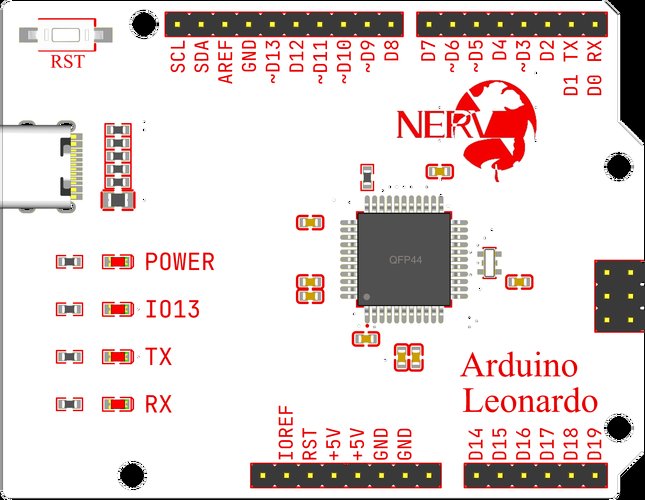
Arduino Leonardo ETH Example: A Comprehensive Guide
Are you looking to explore the capabilities of the Arduino Leonardo ETH? This versatile board offers a unique blend of features, making it an excellent choice for a wide range of projects. In this article, we will delve into the details of the Arduino Leonardo ETH, providing you with a comprehensive guide to help you get started.
Understanding the Arduino Leonardo ETH
The Arduino Leonardo ETH is a microcontroller board based on the ATmega32U4. It is designed to be compatible with the Arduino Leonardo, but with the added benefit of an Ethernet shield integrated into the board itself. This integration eliminates the need for an additional shield, making the board more compact and easier to use.
One of the standout features of the Arduino Leonardo ETH is its built-in Ethernet functionality. This allows you to connect your Arduino to a local network or the internet, enabling you to send and receive data over the network. This feature is particularly useful for IoT (Internet of Things) projects, where you need to communicate with other devices or access online services.
Setting Up the Arduino Leonardo ETH
Before you can start using the Arduino Leonardo ETH, you need to set it up. Here’s a step-by-step guide to help you get started:
- Connect the Arduino Leonardo ETH to your computer using a USB cable.
- Install the Arduino IDE (Integrated Development Environment) on your computer. You can download it from the official Arduino website.
- Open the Arduino IDE and select “Arduino Leonardo ETH” from the board menu.
- Connect to your network using the built-in Ethernet port. You can use a DHCP server to automatically assign an IP address to the board, or you can manually configure the IP settings.
- Upload your first sketch to the board. You can find example sketches in the Arduino IDE’s examples folder.
Once you have completed these steps, your Arduino Leonardo ETH should be ready to use. You can now start writing your own sketches and experimenting with the board’s features.
Exploring the Features of the Arduino Leonardo ETH
The Arduino Leonardo ETH comes with a variety of features that make it a powerful tool for your projects. Here are some of the key features:

| Feature | Description |
|---|---|
| ATmega32U4 Microcontroller | The heart of the board, providing the processing power for your projects. |
| Integrated Ethernet | Connect to your local network or the internet for data communication. |
| 14 Digital I/O Pins | Use these pins for digital input or output, or to control external devices. |
| 6 Analog Input Pins | Use these pins to read analog signals from sensors or other devices. |
| 1kbyte of SRAM | Use this memory for storing variables and data during runtime. |
| 32kbyte of Flash Memory | Use this memory to store your sketches and program code. |
These features make the Arduino Leonardo ETH a versatile and powerful tool for a wide range of projects, from simple IoT devices to more complex applications.
Using the Arduino Leonardo ETH for IoT Projects
One of the most popular uses for the Arduino Leonardo ETH is in IoT projects. With its built-in Ethernet functionality, you can easily connect your Arduino to the internet and communicate with other devices or access online services. Here are some examples of how you can use the Arduino Leonardo ETH for IoT projects:
- Home Automation: Use the Arduino Leonardo ETH to control your home appliances, lights, or security systems over the internet.
- Environmental Monitoring: Monitor environmental conditions such as temperature, humidity, and air quality using sensors and send the data to a cloud service for analysis.
- Remote Control: Control devices or systems remotely using the internet, allowing you to access and manage them from anywhere in the world.
With the Arduino Leonardo ETH, you have the flexibility to design



